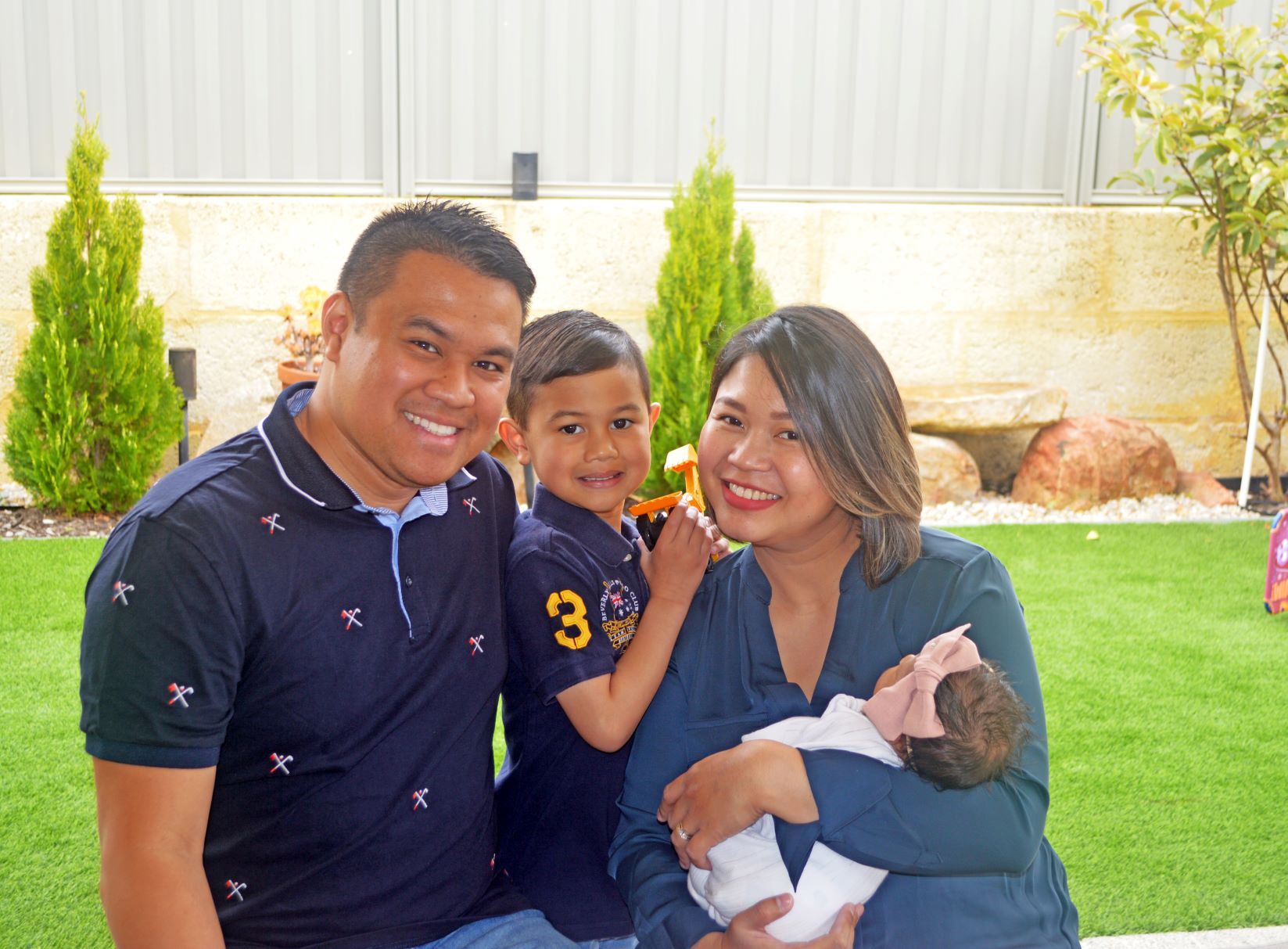Search
Showing results for "Professor"
The Opportunity Led by Professor Andrew Whitehouse, the Autism Research Team, based at The Kids Research Institute Australia in Subiaco, are
identifying mechanisms of cancer development generation of appropriate models of these diseases evaluation of novel therapeutics and translation of discoveries into the clinic
RA to support clinical paediatric anaesthesia research projects

People
Julian HengJulian is the Program Manager for the Global Disease Modelling team at The Kids Research Institute Australia.


News & Events
Congratulations Dr Lea-Ann Kirkham - Robert Austrian Award WinnerCongratulations to Dr Lea-Ann Kirkham - one of just 10 recipients from around the world to receive a prestigious Robert Austrian Award at the International Symposium on Pneumococci and Pneumococcal Diseases.

News & Events
ORIGINS has welcomed its 4,000th familyORIGINS has recently welcomed its 4,000th family into the study.

News & Events
Investment in kids provides ongoing rewardsCorporates and private investors are beginning to realise the benefits of investing in early years initiatives, according to international demographer and economist Professor David Bloom.

News & Events
Sunlight link to obesity and diabetesResearchers from The Kids Research Institute Australia and Harry Perkins Institute of Medical Research have found that small regular doses of sunlight suppress the develo
News & Events
New imaging equipment to boost children's cancer researchA cutting edge cancer imaging facility will help specialist children's cancer researchers at Perth's Telethon Institute for Child Health Research.
